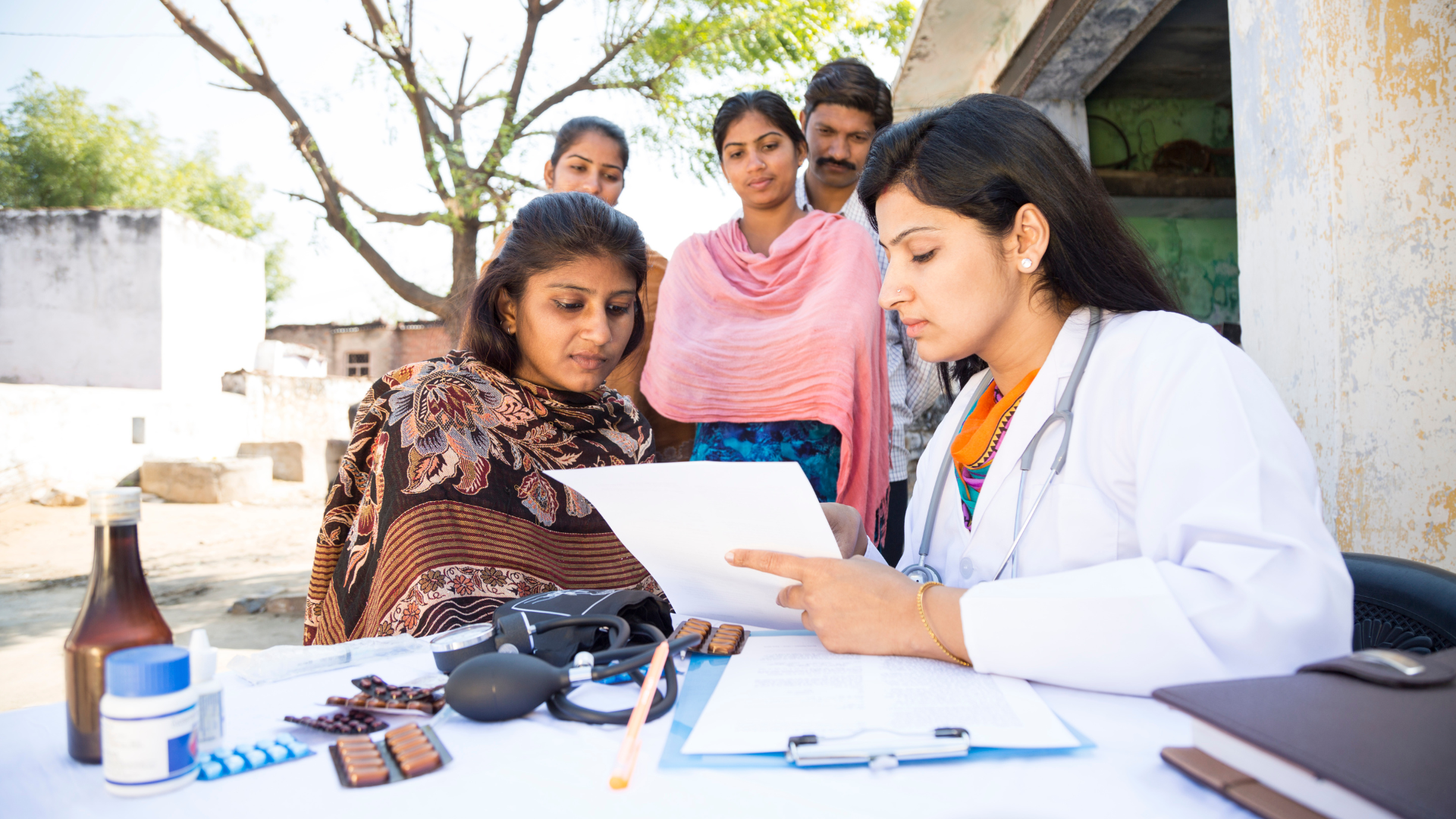
Effective communication between doctors and
patients is the cornerstone of quality healthcare. Misunderstandings can lead
to confusion, anxiety, and even medical errors. By speaking the same
language—both literally and figuratively—doctors and patients can build trust, promote
better relationships, and achieve improved health outcomes. Here are practical
tips for both sides to bridge the communication gap.
Tips for
Doctors
- Use Plain Language Avoid
medical jargon when explaining conditions, procedures, or treatments.
Instead, use simple and relatable terms to ensure your patients
understand.
- Listen Actively Give
patients your full attention. Nod, maintain eye contact, and ask
clarifying questions to show you’re engaged.
- Encourage Questions
Create an open environment where patients feel comfortable asking
questions. Reassure them that no question is too small or irrelevant.
- Check for Understanding After
explaining something, ask the patient to summarize what they’ve
understood. This helps identify any gaps in communication.
- Use Visual Aids
Diagrams, models, or illustrations can make complex medical concepts
easier to grasp.
- Be Culturally Sensitive
Respect cultural differences and be mindful of language barriers. Consider
professional interpreters if necessary.
Tips for
Patients
- Prepare for Appointments Write
down your symptoms, questions, and concerns ahead of time to make the most
of your visit.
- Be Honest and Open Share
all relevant information, even if it feels embarrassing. Doctors need
accurate details to provide the best care.
- Ask Questions If
something is unclear, don’t hesitate to ask for clarification.
Understanding your health is your right.
- Take Notes
During the appointment, jot down key points or instructions to help you
remember later.
- Bring a Companion A
trusted friend or family member can help you recall details and provide
support during your visit.
- Provide Feedback If
you feel rushed or confused, politely let your doctor know. Constructive
feedback can improve the experience for both parties.
Building a
Partnership
The doctor-patient relationship is a
partnership. Doctors bring expertise and guidance, while patients bring vital
insights about their own bodies and lives. By working together and
communicating effectively, they can achieve a common goal: better health and
well-being.
Remember, speaking the same language isn’t
just about words; it’s about understanding, empathy, and mutual respect.
Whether you’re a doctor or a patient, investing in clear and compassionate
communication will always lead to better outcomes.
Recent Posts

Get Free
Consultations
Special Advisors









Proper Setup of Medical Equipment